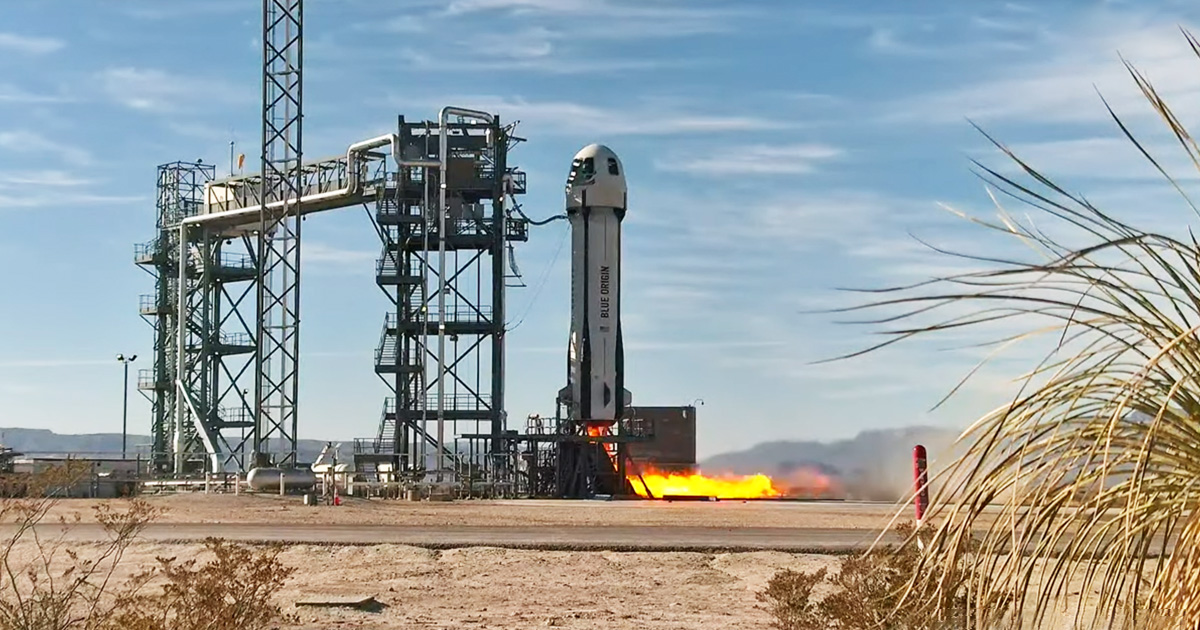3 min read

The old saying - "Practice makes perfect!" - applies to the Moon too. On Tuesday, NASA gave 17 technologies, instruments, and experiments the chance to practice being on the Moon… without actually going there. Instead, it was a flight test aboard a vehicle adapted to simulate lunar gravity for approximately two minutes.
The test began on February 4, 2025, with the 10:00 a.m. CST launch of Blue Origin's New Shepard reusable suborbital rocket system in West Texas. With support from NASA's Flight Opportunities program, the company, headquartered in Kent, Washington, enhanced the flight capabilities of its New Shepard capsule to replicate the Moon's gravity - which is about one-sixth of Earth's - during suborbital flight.
"Commercial companies are critical to helping NASA prepare for missions to the Moon and beyond," said Danielle McCulloch, program executive of the agency's Flight Opportunities program. "The more similar a test environment is to a mission's operating environment, the better. So, we provided substantial support to this flight test to expand the available vehicle capabilities, helping ensure technologies are ready for lunar exploration."
NASA's Flight Opportunities program not only secured "seats" for the technologies aboard this flight - for 16 payloads inside the capsule plus one mounted externally - but also contributed to New Shepard's upgrades to provide the environment needed to advance their readiness for the Moon and other space exploration missions.
"An extended period of simulated lunar gravity is an important test regime for NASA," said Greg Peters, program manager for Flight Opportunities. "It's crucial to reducing risk for innovations that might one day go to the lunar surface."
One example is the LUCI (Lunar-g Combustion Investigation) payload, which seeks to understand material flammability on the Moon compared to Earth. This is an important component of astronaut safety in habitats on the Moon and could inform the design of potential combustion devices there. With support from the Moon to Mars Program Office within the Exploration Systems Development Mission Directorate, researchers at NASA's Glenn Research Center in Cleveland, together with Voyager Technologies, designed LUCI to measure flame propagation directly during the Blue Origin flight.
The rest of the NASA-supported payloads on this Blue Origin flight included seven from NASA's Game Changing Development program that seek to mitigate the impact of lunar dust and to perform construction and excavation on the lunar surface. Three other NASA payloads tested instruments to detect subsurface water on the Moon as well as to study flow physics and phase changes in lunar gravity. Rounding out the manifest were payloads from Draper, Honeybee Robotics, Purdue University, and the University of California in Santa Barbara.
Flight Opportunities is part of the agency's Space Technology Mission Directorate and is managed at NASA's Armstrong Flight Research Center.
By Nancy Pekar, NASA's Flight Opportunities program






